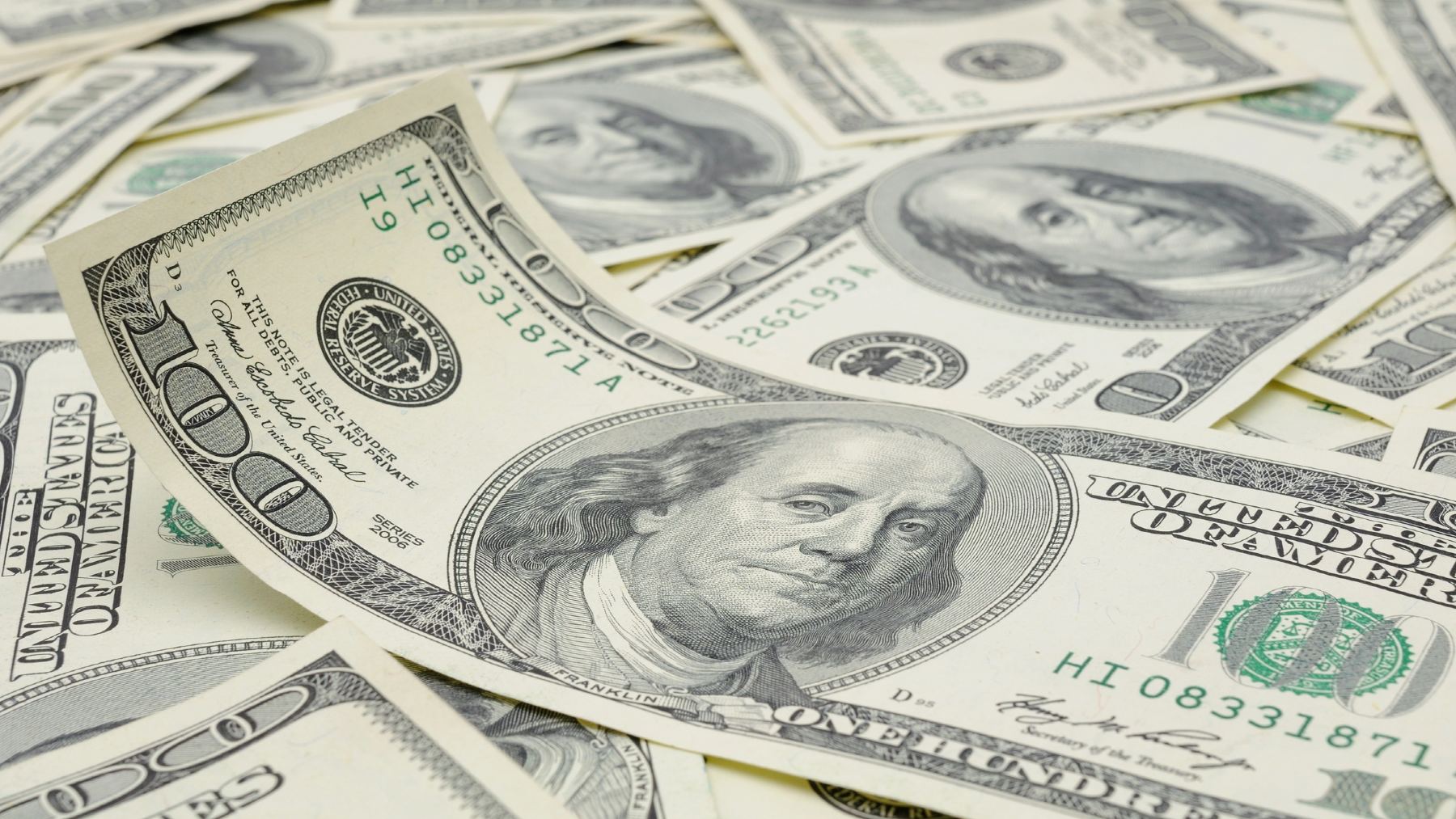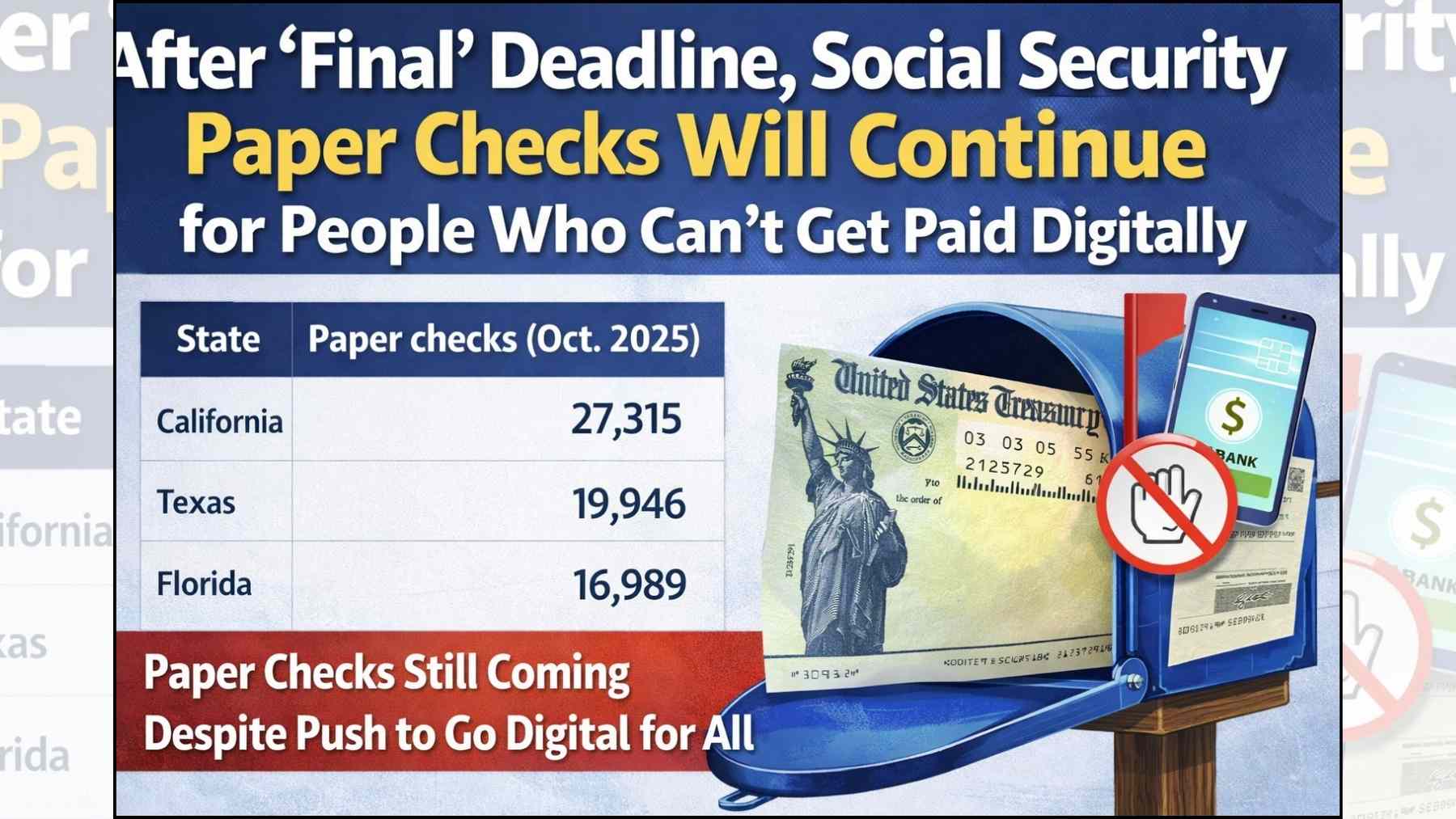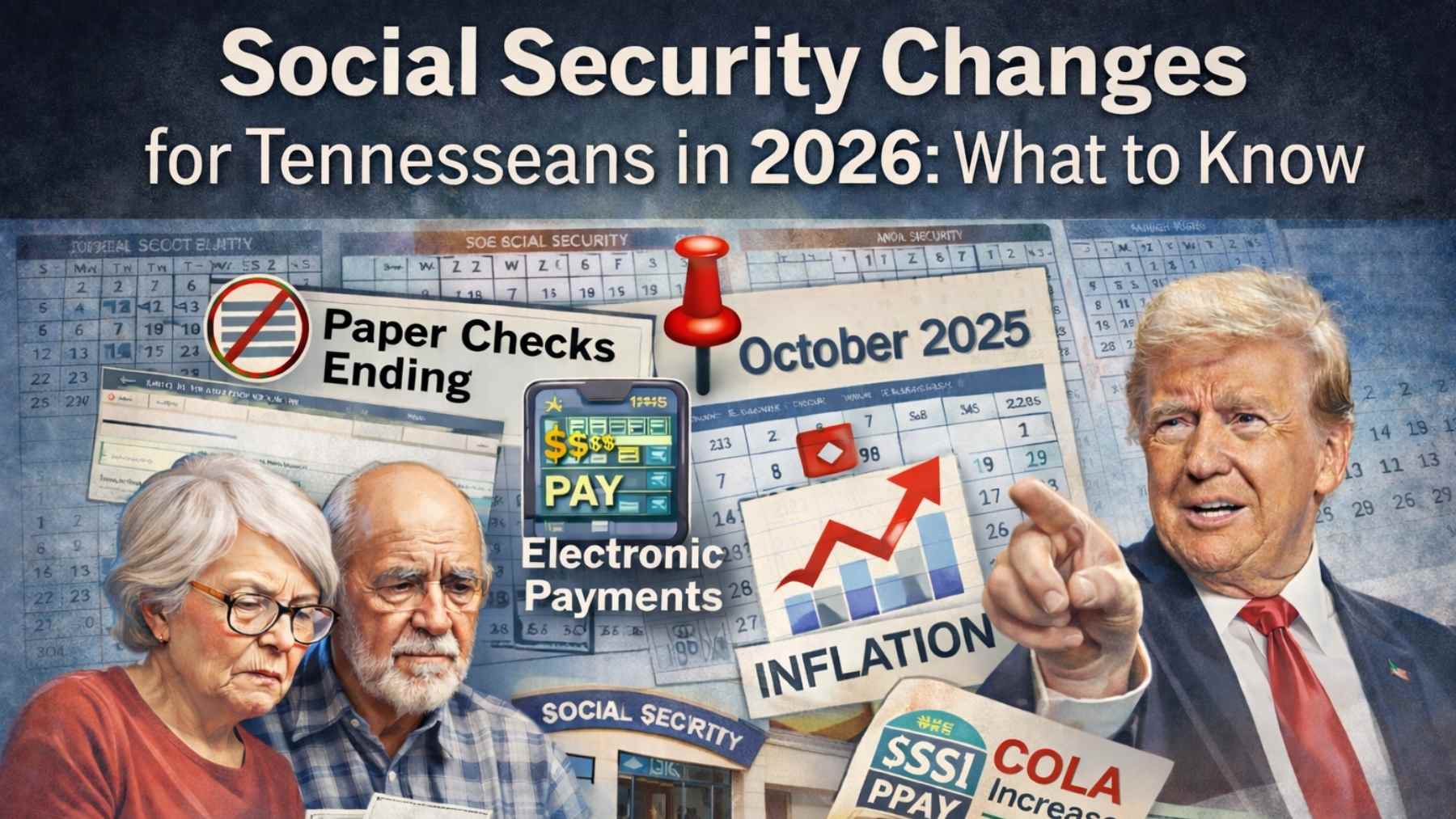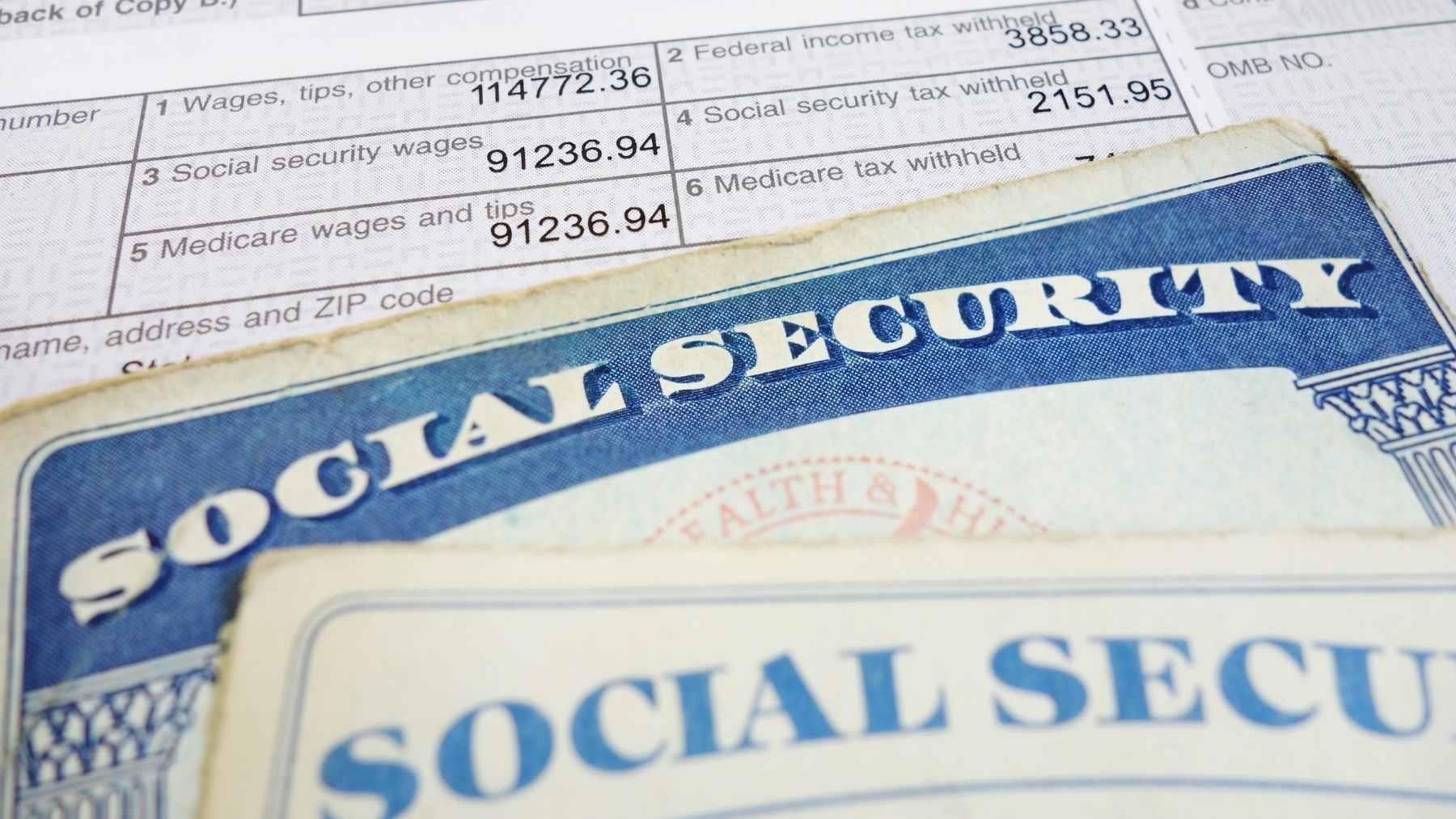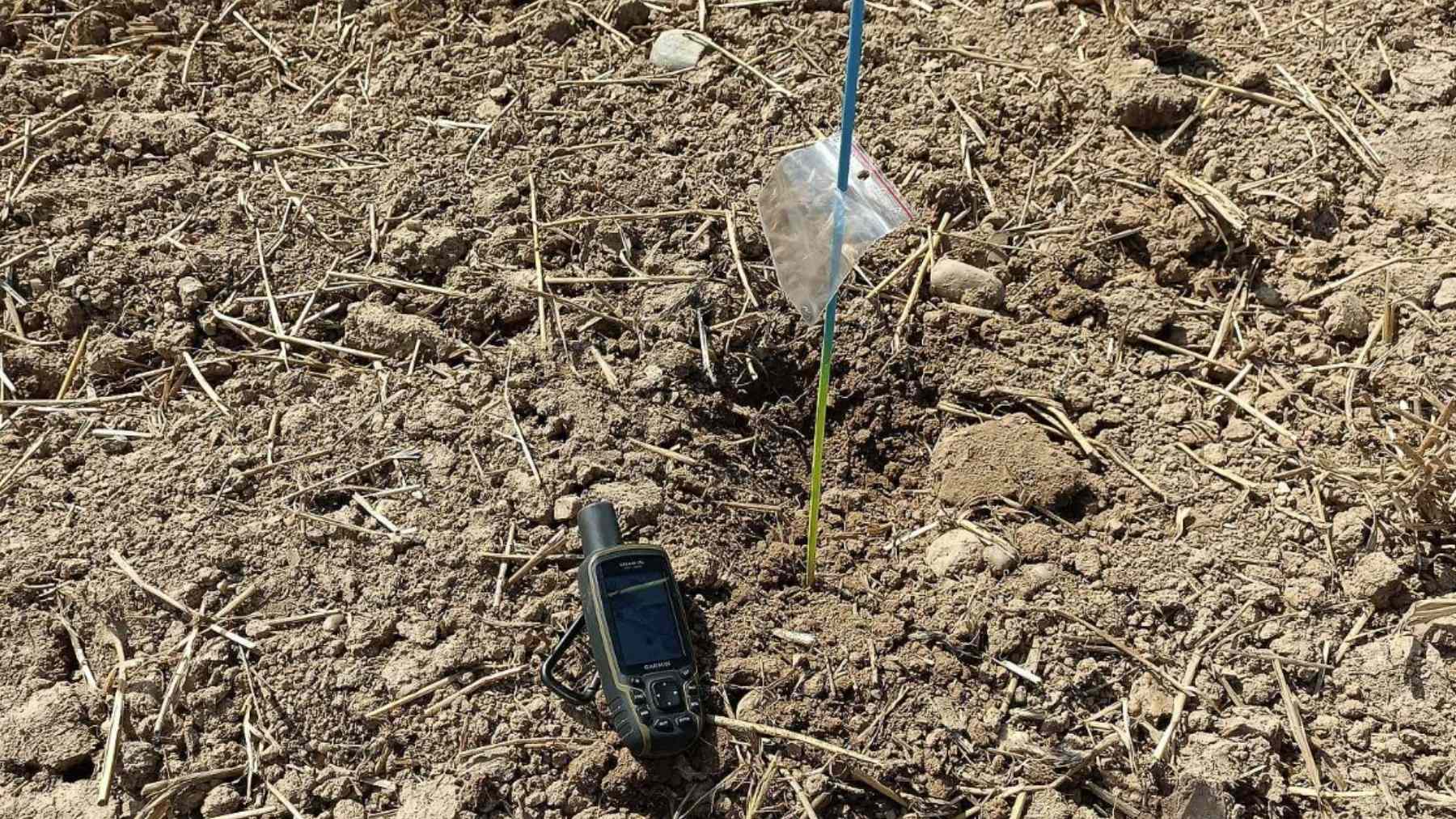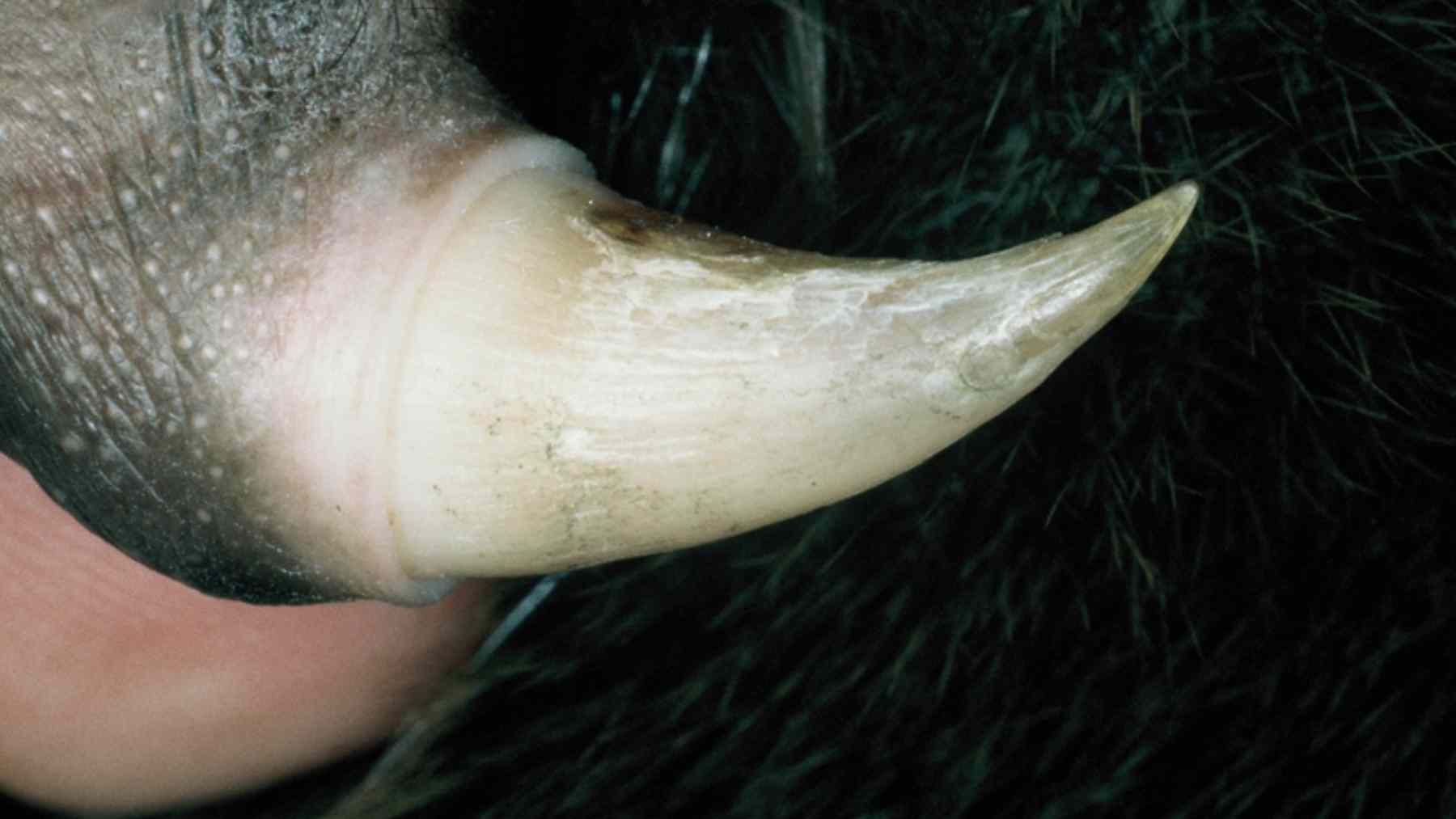If you try to pay with these dollar notes next time you are doing your grocery shopping, you will face a surprise rejection. Changes to currency are common practices implemented to prevent fraud from occurring. Banknotes, when updated, will come with not just new designs but will feature more sophisticated security features put in place, generally to make it harder to create counterfeit notes. While old notes will remain in circulation and aren’t usually rejected, other initiatives to protect the integrity of currency can be put in place. These initiatives can sometimes mean that certain pieces of currency will no longer be accepted.
Changes to dollar notes to prevent fraud
Dollar notes and coins are regularly updated to prevent fraud from occurring, particularly to prevent counterfeit money from entering circulation. As technology continues to develop, counterfeit methods continue to get increasingly more sophisticated. Authorities such as the Bureau of Engraving (BEP), the Federal Reserve, the US Treasury, the Secret Service, and the Advanced Counterfeit Deterrence (ACD) Steering Committee must therefore also implement more advanced security features on currency to offset these advances.
Today’s security features on modern dollar notes include color-shifting ink, raised printing, embedded security threads, 3D security ribbons, and other microprinting features. These measures retain the integrity of the currency in circulation and make it harder to commit fraud using fake dollar notes.
When updates to dollar notes and coins occur, you are still able to use the old currency. However, beyond changes to the actual notes themselves, authorities often implement other measures to preserve the quality of dollar notes in circulation. Sometimes, these initiatives include parameters that require the rejection of certain bills outright.
These types of dollar notes will no longer be accepted
If you have ever been faced with the unfortunate circumstance where your cash dollar bills become mutilated, the first question that will concern you will probably pertain to whether or not you can still use them. Every year, the Mutilated Currency Division within the BEP receives, on average, over 22,000 requests from individuals to examine whether or not they can redeem their mutilated dollar bills.
Recently, the Bureau of Engraving and Printing clarified what types of bills are considered irredemable, meaning that they cannot be accepted at retailers, grocery stores, or ATMS. Generally, authorities reserve the right to review these dollar bills on a case-by-case basis. However, a general rule includes the following for bills that will not be accepted:
- The dollar notes have fire damage.
- The dollar notes have been fragmented.
- The dollar notes have been damaged beyond recognition.
New changes coming soon for paper currency
On top of stricter security initiatives for cash, in the coming years, the Federal Reserve has announced plans to release new designs for the $5, $20, $50, and $100 bills. The new dollar notes will be released in staggered batches over the next decade. The upcoming timeline for the new releases is as follows:
- The new $50 dollar bills will debut in 2028.
- The new $20 dollar bills will debut in 2030.
- The new $5 dollar bills will debut between 2032 and 2035.
- The new $100 dollar bills will debut between 2034 and 2038.
An additional change set to debut in 2026 for paper currency includes increased accessibility accommodations for blind citizens. From 2026, $10 dollar bills will include certified tactile features for these individuals. These currency changes highlight how updates to money must not only be about security but also about accessibility and inclusivity. However, in an increasingly digitalized world, it is something to consider how much cash will actually be utilized, with many businesses even choosing to go ‘cash-free’ entirely, meaning that they will not accept cash at all when you make a purchase.
